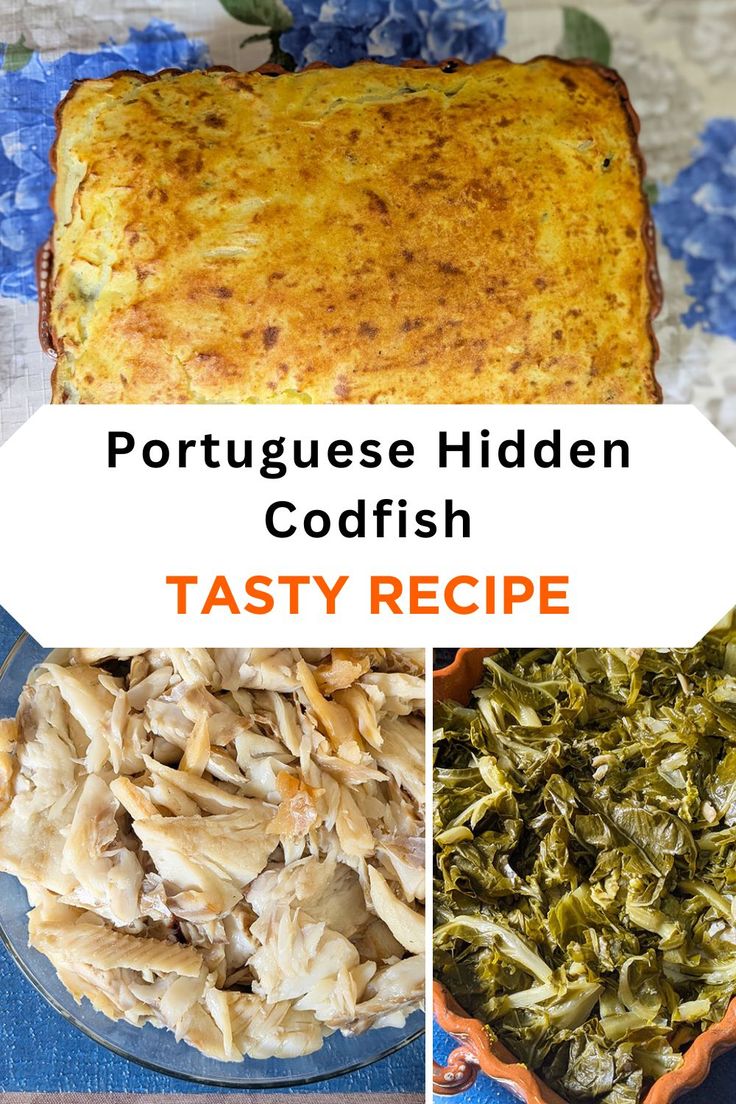The Cultural Heart of the Dish
Bacalhau Escondido is a testament to Portugal’s historical relationship with the sea. Salted cod was the original preserved food, allowing sailors to embark on long voyages with a durable protein source. This practicality evolved into a national obsession. The “hidden” aspect of the dish also speaks to a traditional, thrifty cooking style, ensuring no flavor is wasted and every bite is a discovery.
It embodies the Portuguese concept of conforto—food that is deeply satisfying, hearty, and warms you from the inside out. It is a dish passed down through generations, a tangible link to heritage and family.
Crafting the Perfect Bacalhau Escondido: A Culinary Journey
Creating an authentic Bacalhau Escondido is a labor of love that begins long before the oven is preheated. The crucial first step is desalting the cod. This involves soaking the hard, salt-cured fillets in cold water for 24 to 48 hours, changing the water several times. This process rehydrates the fish and removes the excess salt, transforming it into the tender, flaky base the dish requires.
The Cultural Heart of the Dish
Bacalhau Escondido is a testament to Portugal’s historical relationship with the sea. Salted cod was the original preserved food, allowing sailors to embark on long voyages with a durable protein source. This practicality evolved into a national obsession. The “hidden” aspect of the dish also speaks to a traditional, thrifty cooking style, ensuring no flavor is wasted and every bite is a discovery.
It embodies the Portuguese concept of conforto—food that is deeply satisfying, hearty, and warms you from the inside out. It is a dish passed down through generations, a tangible link to heritage and family.
Crafting the Perfect Bacalhau Escondido: A Culinary Journey
Creating an authentic Bacalhau Escondido is a labor of love that begins long before the oven is preheated. The crucial first step is desalting the cod. This involves soaking the hard, salt-cured fillets in cold water for 24 to 48 hours, changing the water several times. This process rehydrates the fish and removes the excess salt, transforming it into the tender, flaky base the dish requires.

